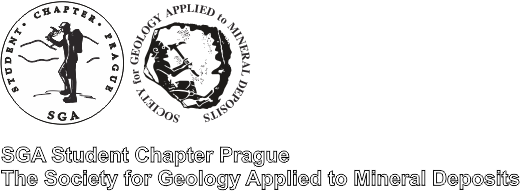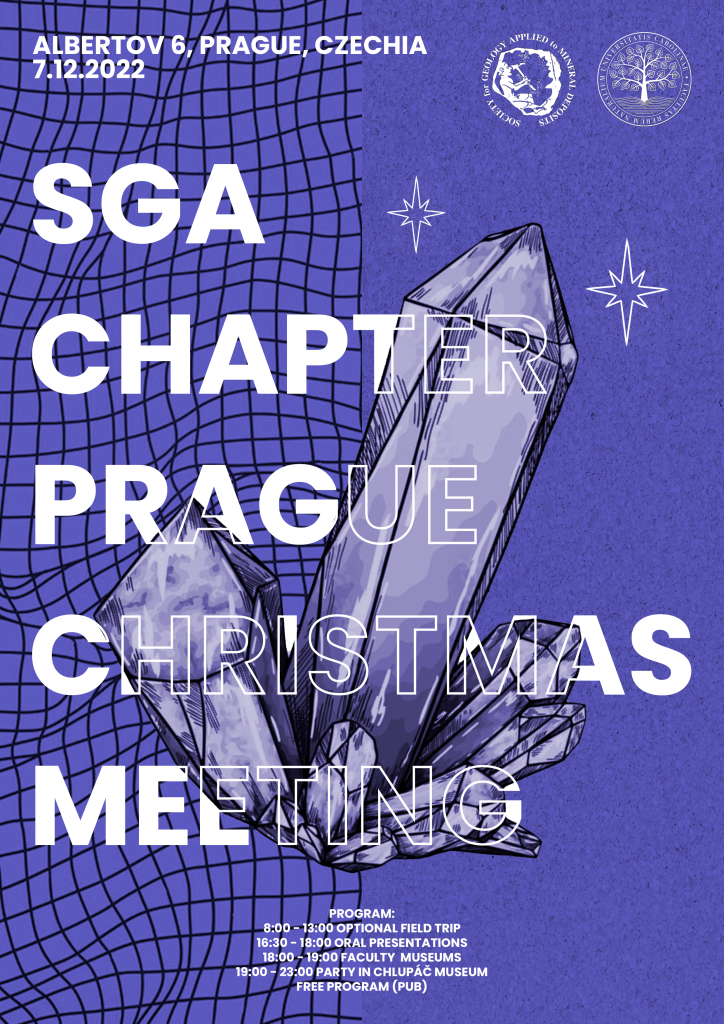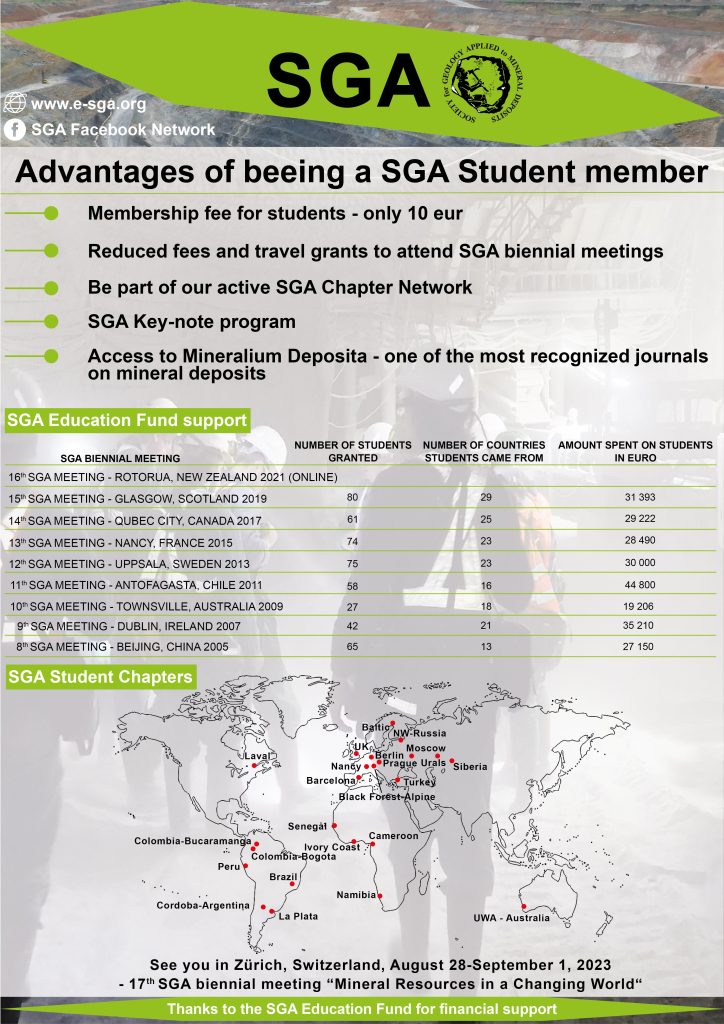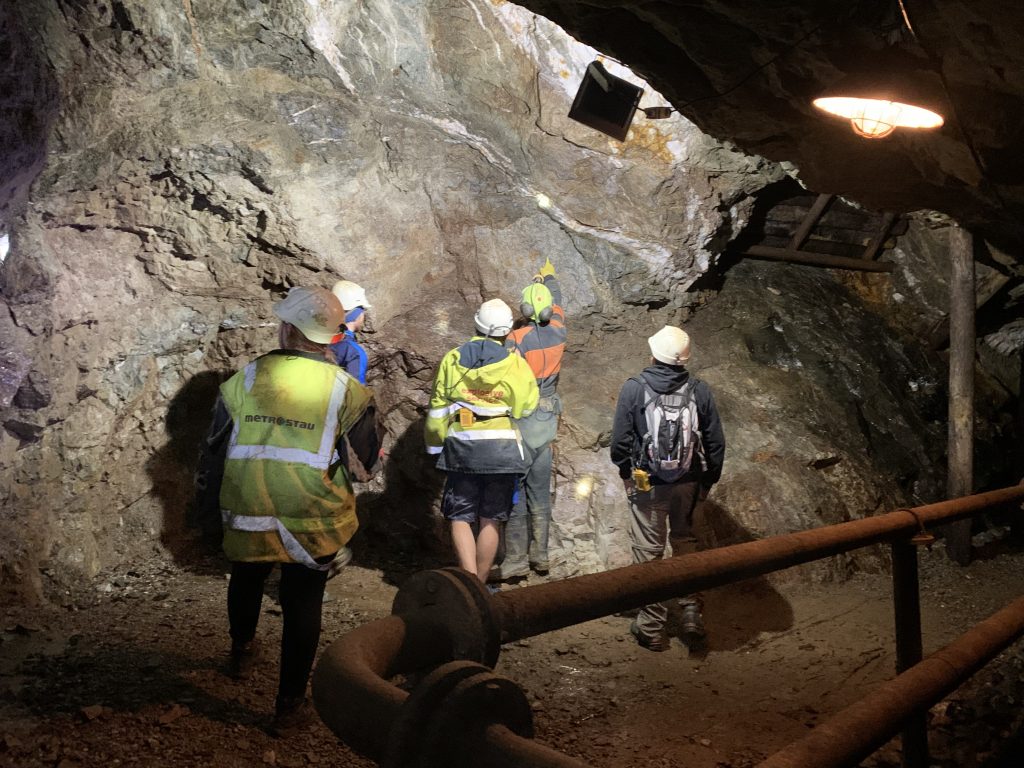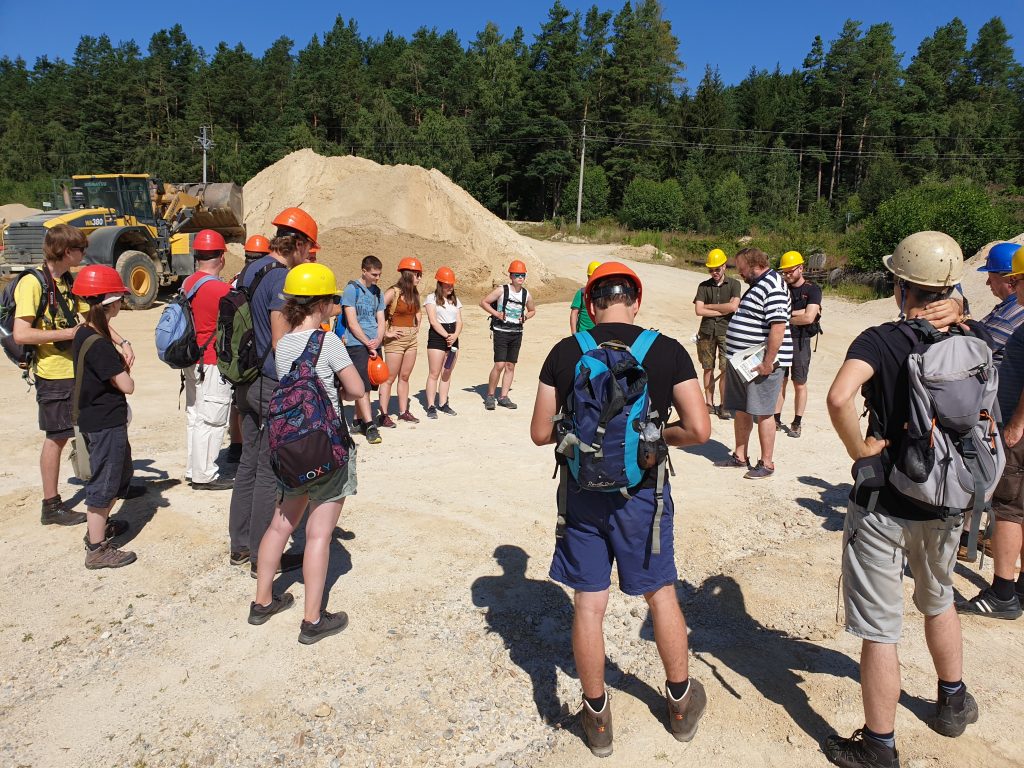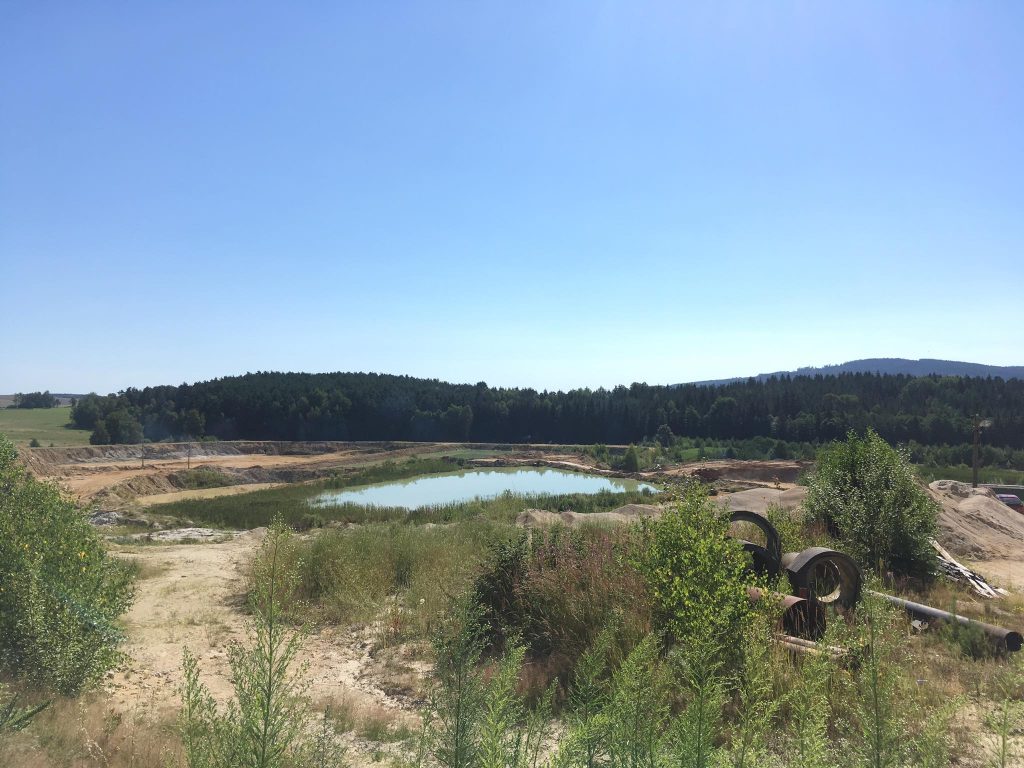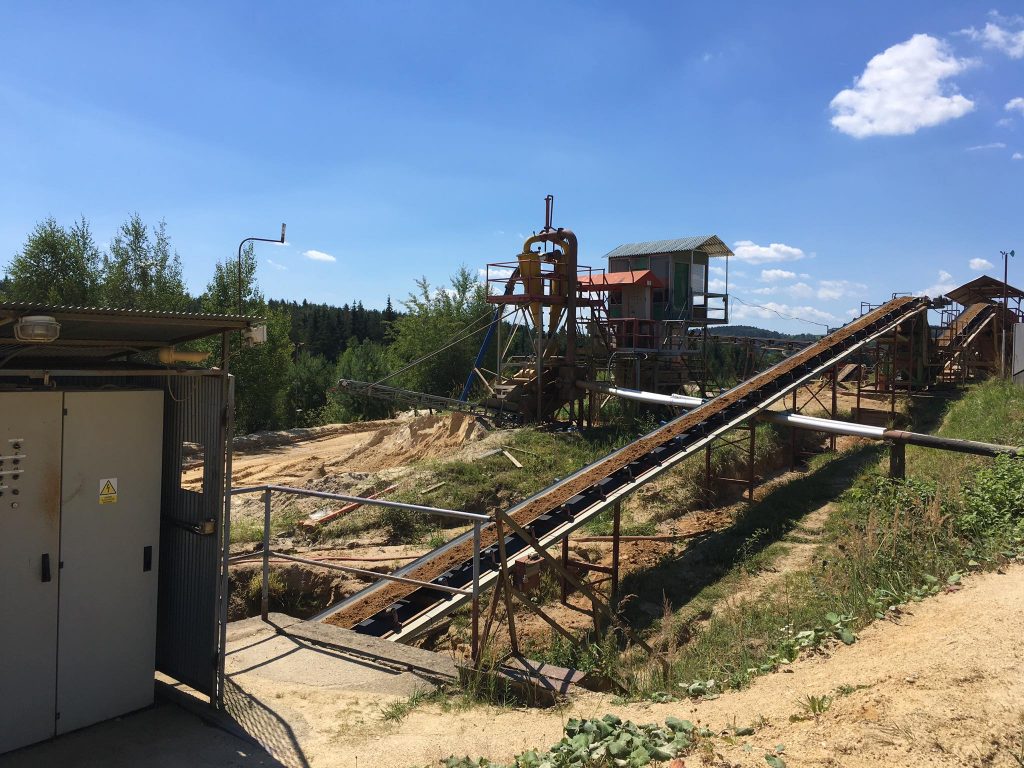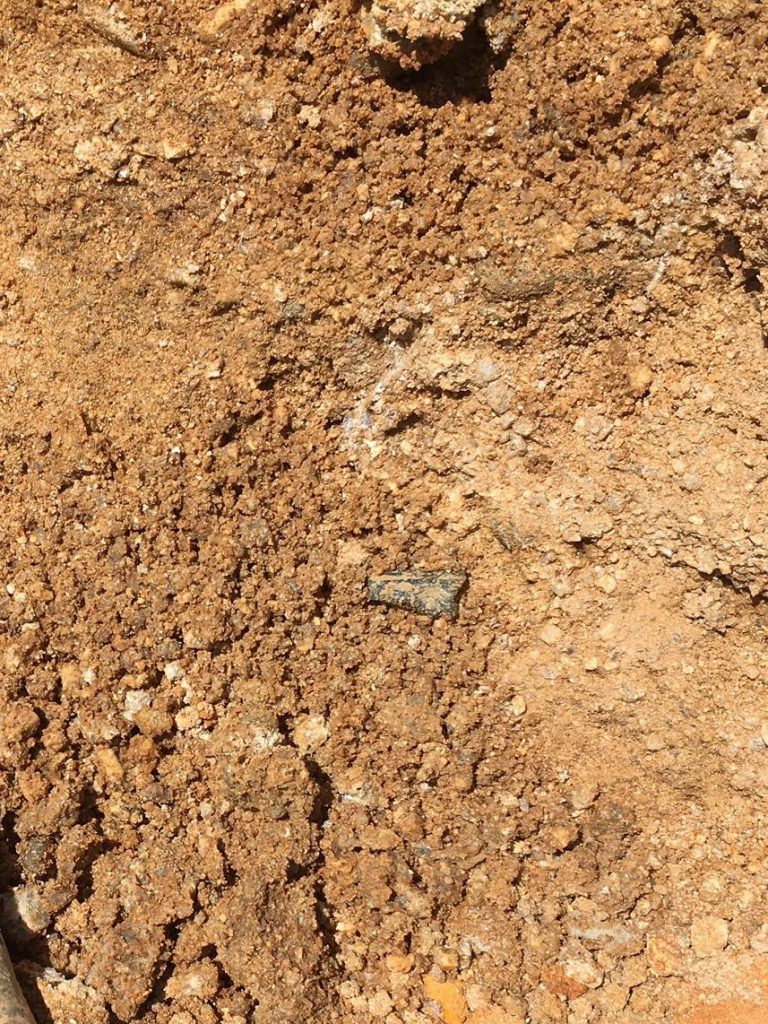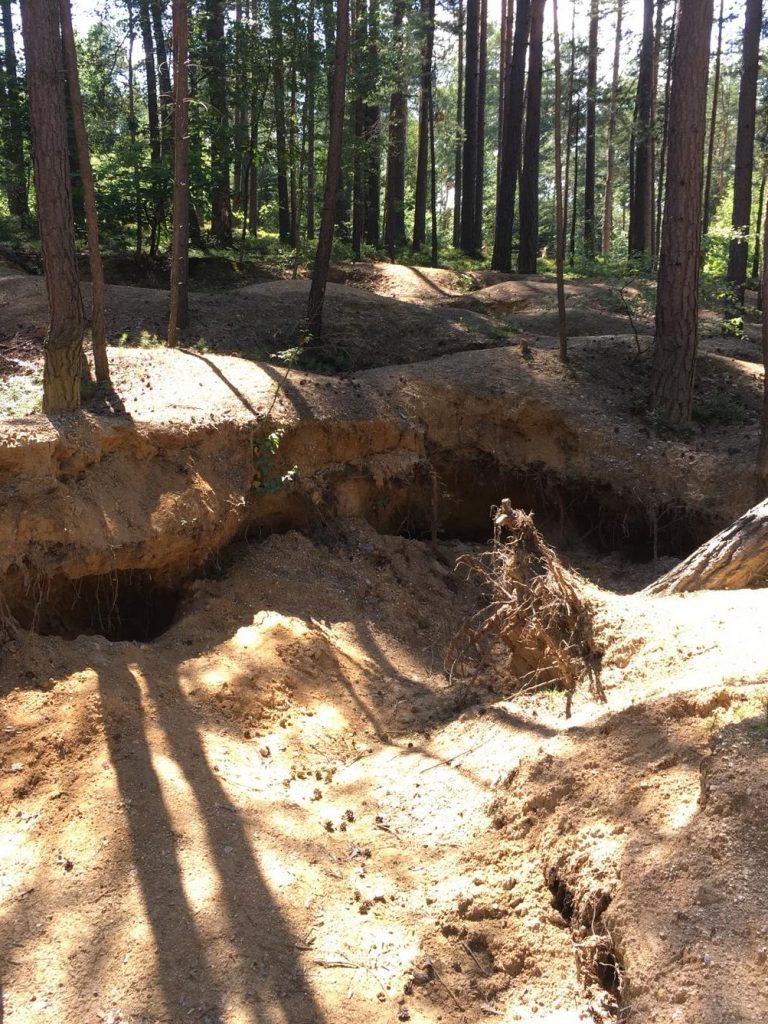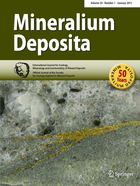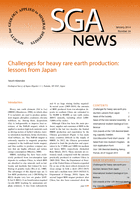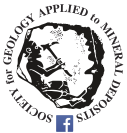Since 2022 is the year of celebrations for the SGA Student Chapter Prague, we have decided to organize the annual SGA Prague Christmas meeting and the 20th Anniversary celebration on 7th December. The event took place at the Faculty of Science, Charles University. On the same day we organized an excursion to the gold mine near Jílové u Prahy took place for those interested.
SGA
The Society for Geology Applied to Mineral Deposits (SGA) is an international scientific society that promotes the science of mineral deposits. The society consists of over 1300 members among researchers, professionals and students from universities, industry and governments interested in economic geology, mineral resources, industrial minerals and environmental aspects related to mineral deposits. SGA regularly organizes conferences, international courses and workshops. The next SGA Biennial Meeting will be held in Zürich, Switzerland between 28th August and 1st September 2023. An integral part of the organization is the long-term support of geoscience students through the SGA Educational Fund.
History of the SGA Student Chapter Prague
This year marks exactly 20 years since several students from Charles and Freiberg Universities founded the first-ever SGA Student Chapter. In 2002, a joint Prague-Freiberg Chapter was established by Dr. Anna Vymazalová and Dr. Alex Otto, both master students at the time. This newly formed Chapter’s first event was an excursion to the Svornost mine in Jáchymov, Czech Republic in April 2003. Subsequently, a division occurred and the independent SGA Student Chapter Prague was established. Despite the difficulties during the years 2020 and 2021 caused by the COVID-19 pandemic, the SGA Student Chapter Prague has around 70 members.
This year, we celebrate two significant anniversaries simultaneously—the 20th anniversary of the existence of the SGA Student Chapter and the 10th president in office.
SGA Student Chapter Prague Christmas meeting
We are pleased that 83 SGA supporters from the Czech Republic, Germany, Portugal, Spain, Switzerland and Slovakia gathered for the anniversary celebrations. Eleven of them took part in the international field trip. The official program in the Mineralogical lecture room started at 4:30 p.m. with an opening speech by President Jan Kamenský. This was followed by a lecture by Ivan Mateo Espinel Pachon from the University of Geneva on the topic: “Controlling the redox evolution of arc magmas on continental margins: an approach to melt inclusion”. This lecture has followed a presentation by Dr. Anna Vymazalová, one of the founders of the SGA Student Chapter Prague, with her talk on the history of the SGA Student Chapter Prague. Afterwards, representatives of the student associations SEG-SGA Barcelona and SGA Colombia-Bogóta gave a short presentation of their activities and encouraged students to cooperate internationally. After the presentations, we visited the Mineralogical Museum of the Faculty of Science and the Chlupáč Museum. The entire program ended with a meeting in the Malé sbírky lecture room, where we had a unique opportunity to discuss plans for upcoming years.


We would like to thank our sponsors, without whose help the organization and provision of the program would be very complicated. In particular, we would like to thank the Faculty of Science of Charles University, Řeznictví Jiří Görgl (Butchery Jiří Görgl), Pekařství Kabát (Bakery Kabát) and the Vinařství Cenek (Winery Cenek).

